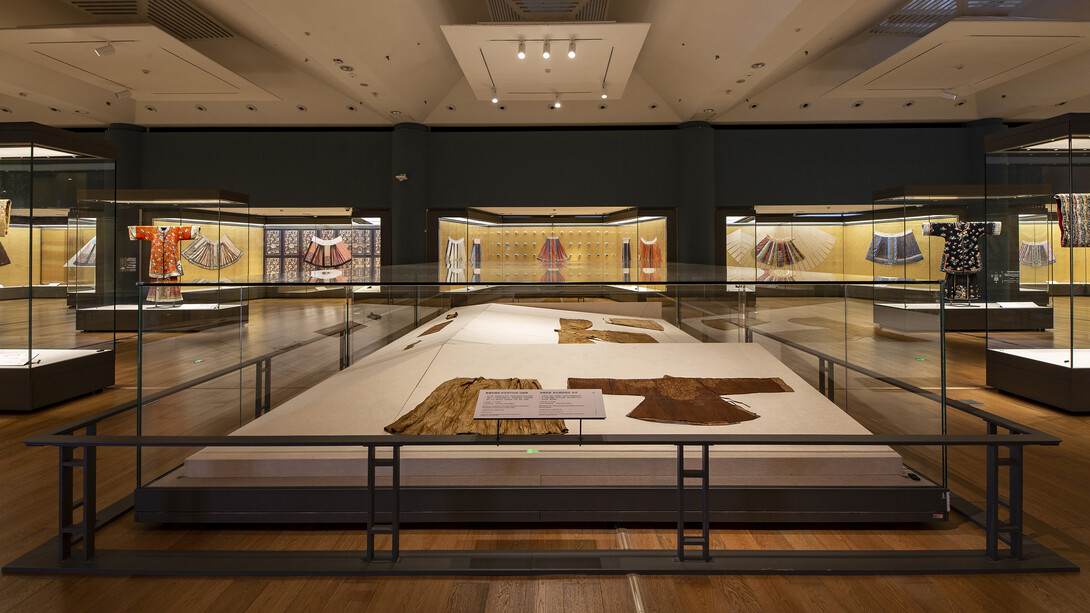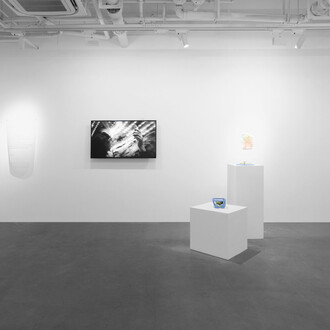Mamianqun is a classic and highly representative type of skirt in traditional Chinese clothing, known for its long history, distinctive structure, and exquisite craftsmanship. Characterized by its pleated panels and overlapping design, the Mamianqun embodies both elegance and practicality, reflecting the refined aesthetics and ingenuity of ancient Chinese dressmaking. Beautiful yet functional, it exemplifies the harmony between form and purpose that defines much of traditional Chinese costume.
This exhibition showcases Mamianqun garments alongside their matching tops from the Ming and Qing dynasties through to the early 20th century, offering visitors a vivid glimpse into the beauty and sophistication of historical fashion. Through careful presentation, the exhibition highlights how the unique structure of the Mamianqun allowed both freedom of movement and aesthetic refinement, serving as a bridge between daily life and ceremonial culture. By exploring these garments in their original context, visitors can appreciate not only their visual allure but also their cultural and social significance across centuries.
In recent years, the Mamianqun has once again captured public attention, inspiring contemporary designers to reinterpret its forms and patterns in modern fashion. This revival reflects not only a renewed appreciation for traditional beauty but also a deeper sense of cultural continuity and identity among today’s Chinese generation. The exhibition thus invites viewers to experience how the Mamianqun embodies the transmission and evolution of Chinese aesthetic traditions — a living testament to the enduring vitality of cultural heritage.
















